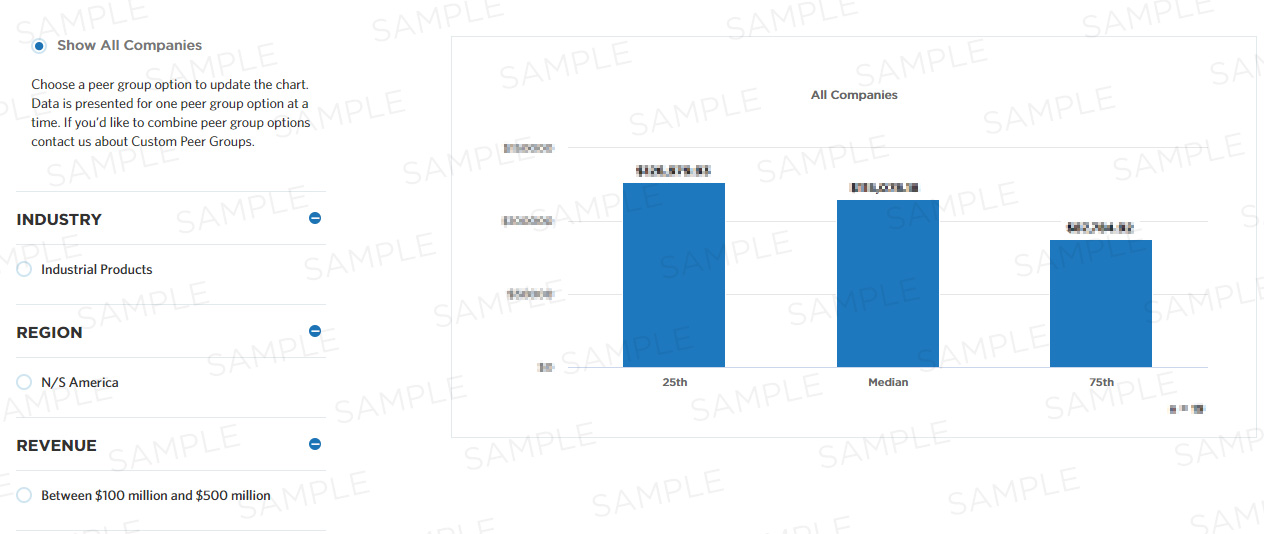Outsourced cost to perform the process group "manage employee information" as a percentage of total process group cost
This measure calculates the percentage of the total cost to perform the process group "manage employee information" that comes from outsourced cost. Core components of this process include management reporting, employee information inquiry, employee data maintenance, content management, HRIS, employee metrics, and time and attendance processing. Outsourced cost refers to the total cost of outsourcing a specific process to a third party, except one-time charges for any type of restructuring or reorganization. This measure is part of a set of Supplemental Information measures that help companies evaluate additional variables not covered elsewhere for the "manage employee information" process.
Benchmark Data
| 25th | Median | 75th |
|---|---|---|
| - | - | - |

Compute this Measure
Units for this measure are percent.
Outsourced cost to perform the process group "manage employee information"/Total cost to perform the process group "manage employee information"*100
Key Terms
Supplemental Information
Supplemental information is data that APQC determines is relevant to decision support for a specific process, but does not fit into the other measure categories such as cost effectiveness, cycle time, or staff productivity.
Full-time Employee, Part-time Employee, and Temporary Employee
Full-time Employee
For the purpose of this survey, a regular full-time employee is hired for an indefinite period of time and is normally scheduled to work forty hours per week. Appointment is continuous, subject to satisfactory performance and availability of funding.
Part-time Employee
For the purpose of this survey, a regular part-time employee is hired for an indefinite period of time and is scheduled to work less than forty hours per week.
Temporary Employee
A temporary employee is employed for a finite period of time, to fulfill a time-limited role, or to fill the role of a permanent employee who is absent from work. The length of time an employee can work for the organization and be considered a temporary employee may be governed by employment legislation.